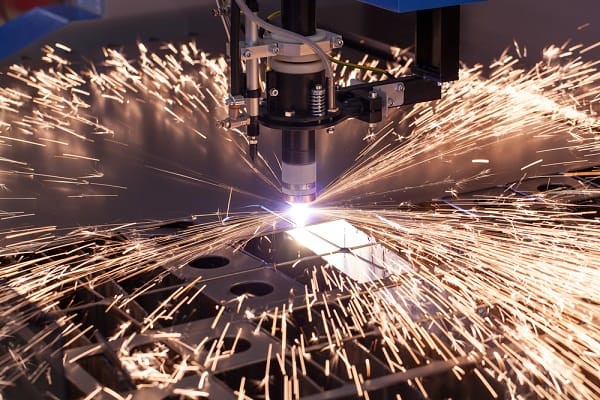How a Factory Dashboard Can Help Your Manufacturing Business

In a manufacturing business, leaders often need big-picture metrics to notice product quality or pipeline problems. With this manufacturing dashboard example, leaders can easily view the status of their products and drill down for more information on specific items.
This production dashboard monitors manufacturing KPIs in real time for better decision-making. It also includes information like overall equipment effectiveness (OEE) for every machine.
A factory dashboard is a powerful tool for monitoring the KPIs of a manufacturing business and is an essential analytical insight platform. By displaying real-time information, users can make quick decisions and optimize the production line.
A common manufacturing metric is Overall Equipment Effectiveness (OEE), which measures the efficiency of each machine in three pillars: Availability, Performance, and Quality. BI in insurance analytics can reveal inefficiencies, opportunities, and issues within the shop floor while enabling management to make data-driven decisions.
Each tile represents a different machine on the floor, with a time range that resets at shift change. The data shown in each tile is based on that specific time frame, including the machine’s state and its productivity levels. For example, a machine’s tiles can display the number of parts it has produced or its total downtime over the selected period. This information can be viewed by operators and supervisors daily. This is especially helpful for tracking the performance of newer machines or ones with a higher turnover.
A manufacturing dashboard helps you track and monitor machine performance in real time. This helps you identify inefficiencies and improve production processes. You can also make better decisions about production. For example, a manufacturing production decision identifies the reason for product defects and takes corrective actions.
PowerBI consultants can assist in creating custom dashboards tailored to your specific manufacturing business needs. A factory dashboard displays data in a way that is relevant to each user. For example, a factory manager focuses on system metrics while an operator is concerned about shift or hourly statistics.
The dashboard for a factory contains the main factory metrics and machine metrics at a glance, as well as the floor plan, maintenance schedules, incidents and warning reports, and the digital birth certificate for the factory. The system provides a variety of charts for different periods, including sensor and metric data from your machines. You can select from predefined and custom time periods for the charts. You can also configure the elements to display on the screen.
When it comes to manufacturing, many factors have to work together for the whole to function. A production dashboard is a great tool for tracking and monitoring these factors. It provides a holistic view of operations allowing for easy identification and correction of inefficiencies.
Using the line dashboard in a factory allows managers to keep track of key production KPIs in real time. It’s also a great tool for communicating with staff in real-time daily. The colour-coded visualization makes it easy to identify what’s going on in the line at any given time.
Having this information at hand allows you to make informed decisions quickly and efficiently. This improves overall equipment effectiveness (OEE), enables better capacity utilization, and reduces waste. It also helps in identifying potential problems and making planning and contingency decisions faster. This is especially useful for lean manufacturers who need to react in the moment to changes in the production environment.
Manufacturing dashboards translate the endless stream of rapid real-world changes that a factory monitoring system delivers into easy-to-understand visual displays with clear actionable insights. They also serve as a bridge between the software and its human users, ensuring that only the most critical data is delivered to those on the shop floor.
Production dashboards help manufacturing managers track performance levels for individual machines and production lines. They can alert supervisors when production volumes are above or below set thresholds, boost plant utilization, and unearth the causes of unplanned downtime and poor quality.
A manufacturing KPI dashboard PPT template can display a number of different metrics, including the production rate of several units. It can also include a graph that shows the percentage of good-quality units produced. This metric is crucial for companies that want to keep their customers happy and ensure repeat orders. It also helps them maximize revenue.
